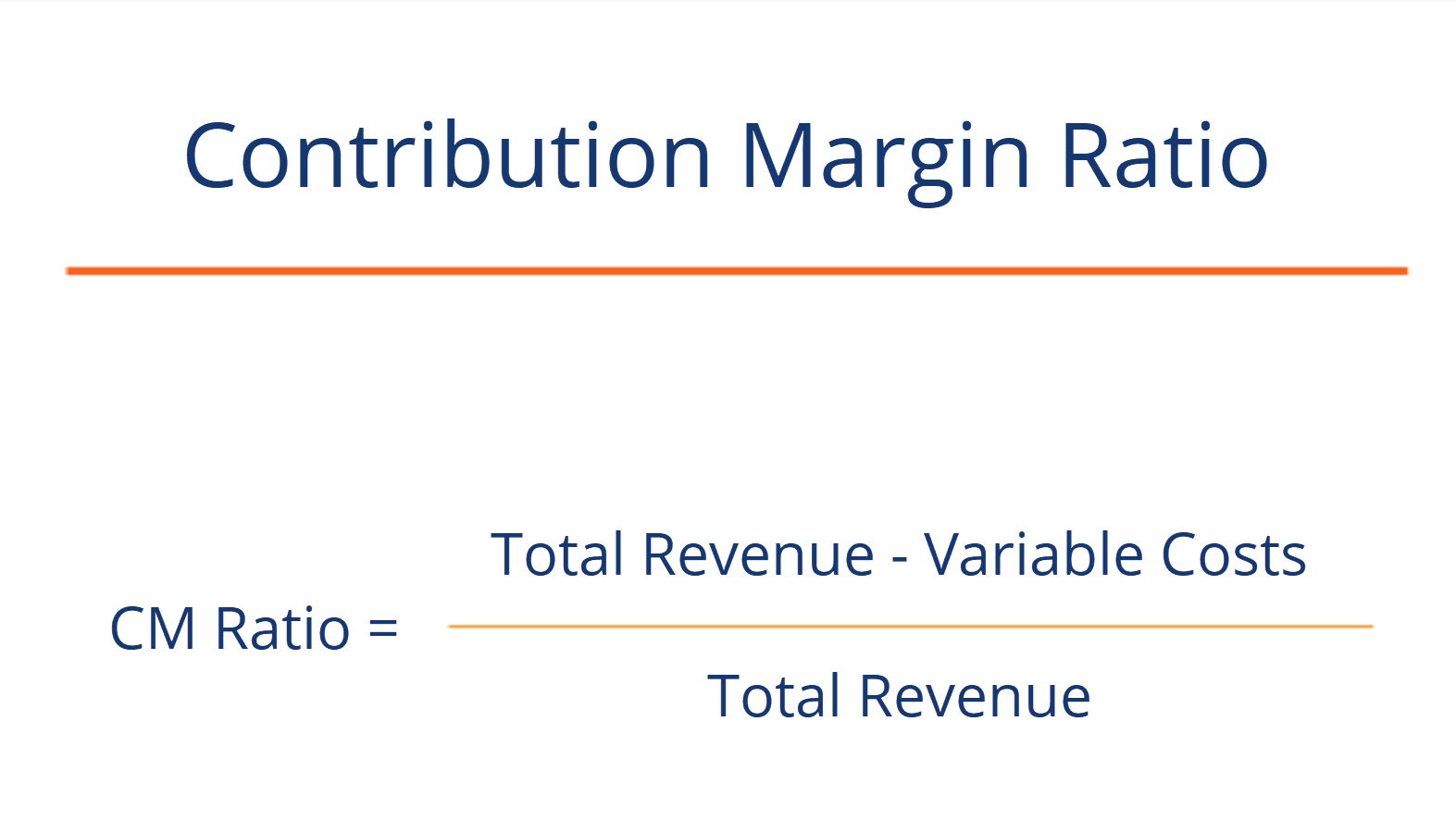
Such an analysis would help you to undertake better decisions regarding where and how to sell your products. Let’s say we have a company that produces 100,000 units of a product, sells them at $12 per unit, and has a variable costs of $8 per unit. The product revenue and number of products sold can be divided to determine the selling price per unit, which is $50.00 per product. For example, in sectors with high fixed costs, such as those with hefty capital investments or sizable research and development expenditures, a higher contribution margin ratio may be needed to achieve viability. In May, \(750\) of the Blue Jay models were sold as shown on the contribution margin income statement.
How to Calculate Contribution Margin?

Variable costs are not typically reported on general purpose financial statements as a separate category. Thus, you will need to scan the income statement for variable costs and tally the list. Some companies do issue contribution margin income statements that split variable and fixed costs, but this isn’t common. One of the important pieces of this break-even analysis is the contribution margin, also called dollar contribution per unit. Analysts calculate the contribution margin by first finding the variable cost per unit sold and subtracting it from the selling price per unit. Thus, the level of production along with the contribution margin are essential factors in developing your business.
Would you prefer to work with a financial professional remotely or in-person?
Let’s now apply these behaviors to the concept of contribution margin. The company will use this “margin” to cover fixed expenses and hopefully to provide a profit. In our example, the sales revenue from one shirt is \(\$15\) and the variable cost of one shirt is \(\$10\), so the individual contribution margin is \(\$5\). This \(\$5\) contribution margin is assumed to first cover fixed costs first and then realized as profit. Direct materials are often typical variable costs, because you normally use more direct materials when you produce more items.
How to Calculate Contribution Margin Ratio?
It can also be an invaluable tool for deciding which products may have the highest profitability, particularly when those products use equivalent resources. In general, the higher the contribution margin ratio, the better, with negative numbers indicating a loss on every unit produced. This demonstrates that, for every Cardinal model they sell, they will have $60 to contribute toward covering fixed costs and, if there is any left, toward profit. Every product that a company manufactures or every service a company provides will have a unique contribution margin per unit. In these examples, the contribution margin per unit was calculated in dollars per unit, but another way to calculate contribution margin is as a ratio (percentage). The contribution margin ratio is the percentage of sales revenues, service revenues, or selling price remaining after subtracting all of the variable costs and variable expenses.
- After almost a decade of experience in public accounting, he created MyAccountingCourse.com to help people learn accounting & finance, pass the CPA exam, and start their career.
- Soundarya Jayaraman is a Content Marketing Specialist at G2, focusing on cybersecurity.
- Someone on our team will connect you with a financial professional in our network holding the correct designation and expertise.
The contribution margin shows how much additional revenue is generated by making each additional unit of a product after the company has reached the breakeven point. In other words, it measures how much money each additional sale “contributes” to the company’s total profits. For a quick example to illustrate the startup accounting software concept, suppose there is an e-commerce retailer selling t-shirts online for $25.00 with variable costs of $10.00 per unit. The formula to calculate the contribution margin is equal to revenue minus variable costs. Watch this video from Investopedia reviewing the concept of contribution margin to learn more.
Contribution Margin: What Is It and How To Calculate It
Someone on our team will connect you with a financial professional in our network holding the correct designation and expertise. Our mission is to empower readers with the most factual and reliable financial information possible to help them make informed decisions for their individual needs. Our goal is to deliver the most understandable and comprehensive explanations of financial topics using simple writing complemented by helpful graphics and animation videos.
With that all being said, it is quite obvious why it is worth learning the contribution margin formula. The calculation of the contribution margin ratio is a three-step process. The 60% CM ratio implies the contribution margin for each dollar of revenue generated is $0.60.
The answer to this equation shows the total percentage of sales income remaining to cover fixed expenses and profit after covering all variable costs of producing a product. As mentioned above, the contribution margin is nothing but the sales revenue minus total variable costs. Thus, the following structure of the contribution margin income statement will help you to understand the contribution margin formula. The contribution margin ratio is the difference between a company’s sales and variable costs, expressed as a percentage. This ratio shows the amount of money available to cover fixed costs.